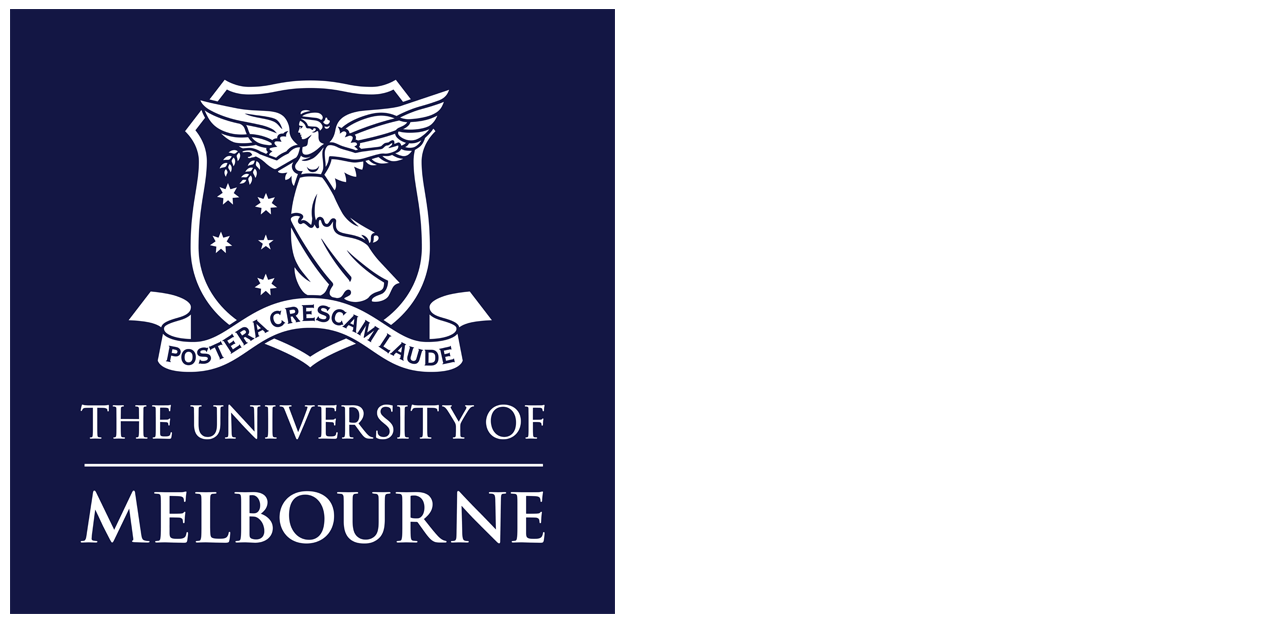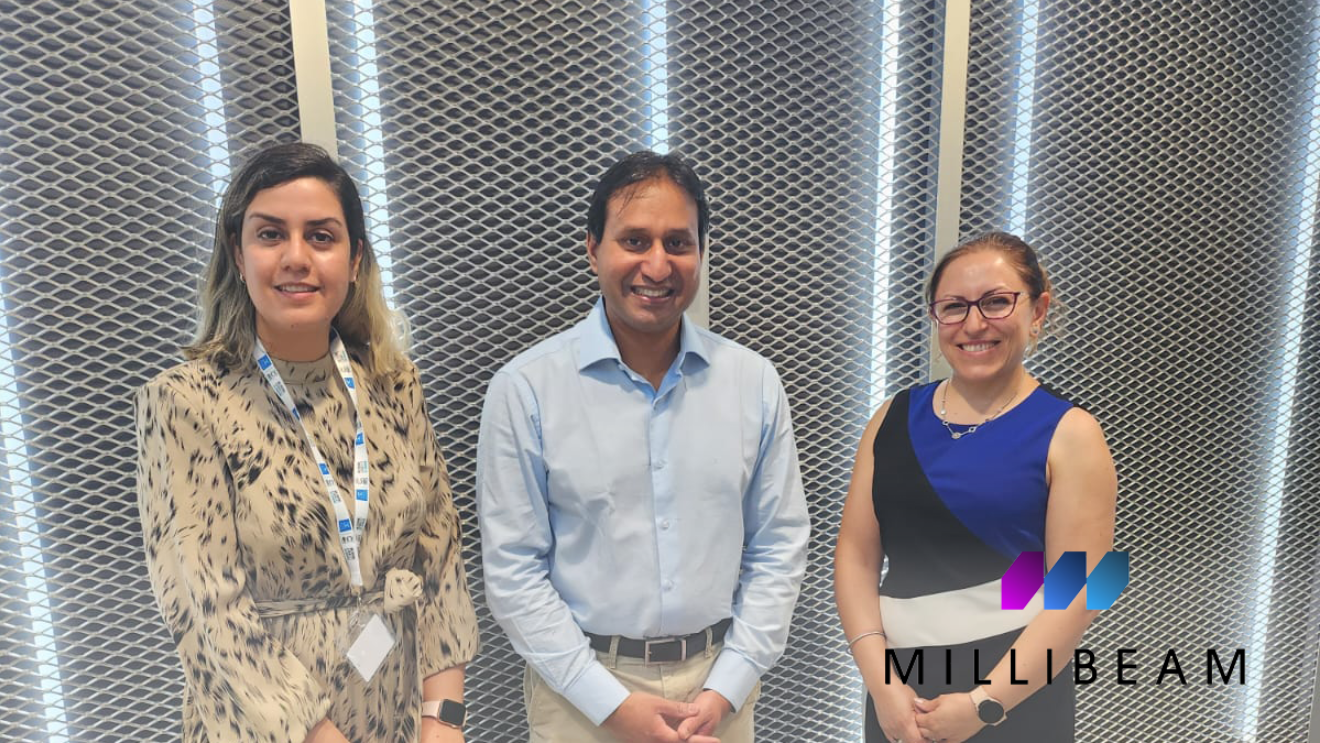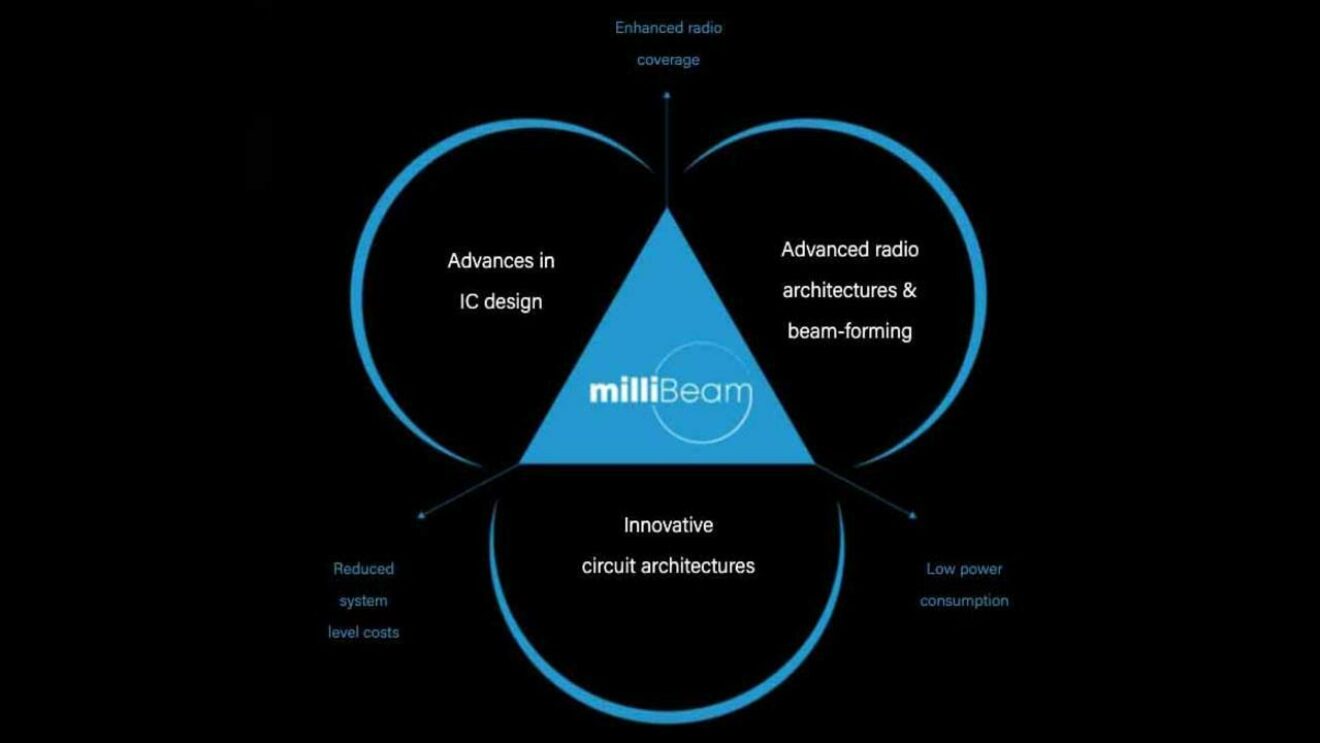


1. What makes MILLIBEAM’s chipset technology unique in the wireless communications industry?
The latest wireless technology 5G supports wireless communications in multiple frequency bands, some below 6GHz and others in the millimetre-wave (mmWave) frequency bands (24GHz and above). In Australia and in most other countries, all 5G deployments are below 6GHz. However, mmWave 5G offers a greater increase in data rates. The deployment of mmWave 5G has been limited due to the astronomically high cost and this is partially a result of the approach taken by the wireless industry when it comes to chipset development, which does not scale very well as the network size increases.
Current mmWave 5G chipset technology was developed with an emphasis on reducing the cost of deploying and operating 5G. Although these chipsets are relatively cheap, they lead to undesirable trade-offs in terms of base-station performance. Consequently, mmWave 5G base stations have both poor energy efficiency and a short link range.
As the networks increase in size, the cost savings from inexpensive but mediocre-performance chipsets are negated by the need for an increasing number of base stations (to compensate for the shorter range) and the increased energy costs of the chipsets. As such, the traditional approach to mmWave 5G has led to a dramatic increase in the total-cost-of-ownership of mmWave 5G networks.
MILLIBEAM is the first company to recognise that the path to low-cost mmWave 5G is not through cheap chipsets, but through chipsets that have better performance capabilities than what is currently available. We have embarked on the development of innovative chipset technology to bring about a reduction in cost savings by using the world’s best energy efficiencies and a 10x increase in link range.
MILLIBEAM’s chipset technology makes mmWave 5G more economical, which is essential if mmWave 5G is to become a mainstream technology.

2. Why is the uptake and rollout of 5G technology to the Australian market much slower than that of some overseas markets and how can MILLIBEAM’s technology help speed up this process?
While sub-6GHz 5G has already been rolled out in Australia, this is not the case for mmWave 5G.
The slow uptake of mmWave 5G in Australia is due to the high cost of building and deploying mmWave 5G networks, a trend that is also noticeable in the rest of the world. Even in the United States, where mmWave 5G has been deployed in some cities (82 by the last count), the coverage can be described as patchy at best.
MILLIBEAM’s technology will bring about a reduction in the total cost of ownership of mmWave 5G networks and will accelerate the uptake of mmWave 5G, both in Australia and the rest of the world.
3. 5G is the latest and fastest update in wireless communication technology and it has taken years of work to get to this point. What sort of future developments can the public realistically expect to see in wireless communication technology in the next 5 years?
It will still be some time before we can expect to see the full benefits of 5G (including mmWave 5G). It is likely, that it may take until the end of this decade to realise the full potential of 5G.
There has, however, been considerable talk and excitement about 6G. Several fantastic sounding applications such as augmented reality, autonomous transport, and even brain-computer interfaces have been talked of as end-use cases of 6G — but the reality might end up being quite different. A standard such as 6G is meant to use even higher frequencies than 5G, and some of the technical challenges present in mmWave 5G will only get harder with 6G.
Nonetheless, we can expect to have a fully functional 5G ecosystem by the end of this decade, and it may not be entirely unrealistic to expect that we can begin to enjoy the benefits of a 10x increase in data rates.